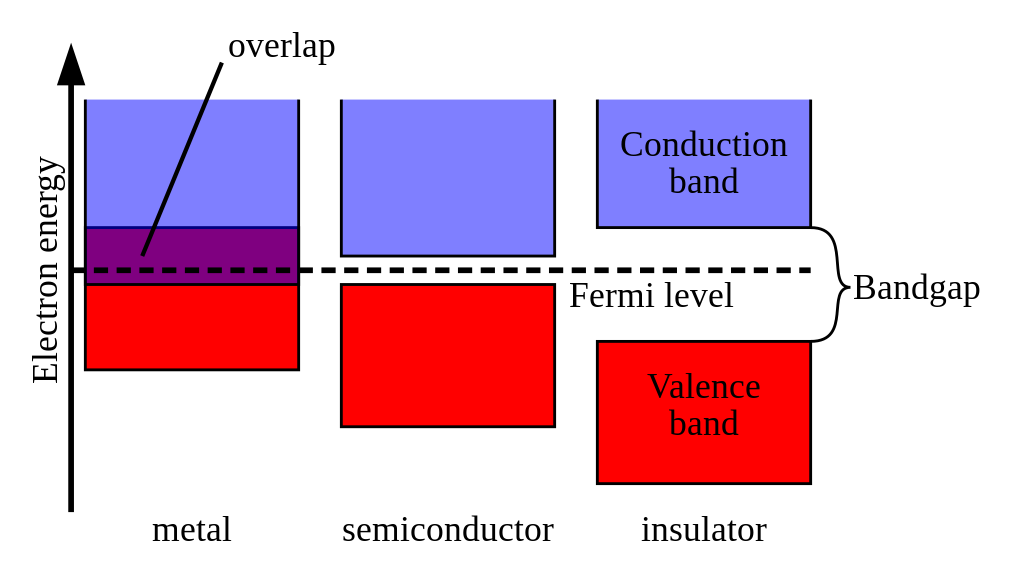That’s the rate of increase in an electronic device’s power potential which it can use to propel an electromagnetic wave. With the assistance of an amplifier, the electromagnetic wave is converted into a voltage which can be directly applied to an electronic device’s input voltage, so that any current flowing through that device can be converted to electrical current. Since an electric motor, an LED display or a loudspeaker are all electrical devices, they all possess potential energy. This potential energy can be directly applied to the output voltage of any single device. With the help of this, the potential energy of all available electrical devices can be stored, then transmitted to anyone using the device who happens to care about his/her power. (That’s right- you!)
A word about electrons, photons and radiation-
These are terms that are relatively new in the science of electromagnetic radiation. They come from the famous French physicist Albert Einstein, but it’s probably best to explain them for those who have never studied these concepts before.

Electrons, protons and neutrons are basic particles that are in large quantities in our universe. These particles are the most numerous of the known particles. A particle can have one or more of the fundamental particles of nature, such as electrons and positrons. We will also include subatomic particles, such as the alpha particle which can travel through space and travel through time.
The term “vacuum” comes from the idea that there is no electromagnetic wave and therefore there is no wave itself. This implies that there is no energy in space and no motion through space without a source of force to counteract it. Thus the concept of the vacuum is not only applicable to quantum phenomena, but also works for electromagnetic propagation.
The term “light” comes from the idea from our first understanding of light that it is neither red-colored nor blue-colored, but rather light in two forms. That is to say there are two distinct forms of light called ultraviolet and the infrared, which has been called the “color blind” radiation. This light has several important benefits for our daily lives: Firstly, it is extremely bright, since there are a very short wavelength range in between red- and blue-colored light. Secondly, it is extremely brief in wavelength and lasts only milliseconds, which allows for a very clear picture of the surroundings. Thirdly, the amount of light which we perceive is directly proportional to the wavelength. So for the same light at the same wavelength, we can perceive very small differences in color. Finally,
work function in thermodynamics, energy rich compounds, active inference for dummies, free energy equation, which statement about enzymes is not true?